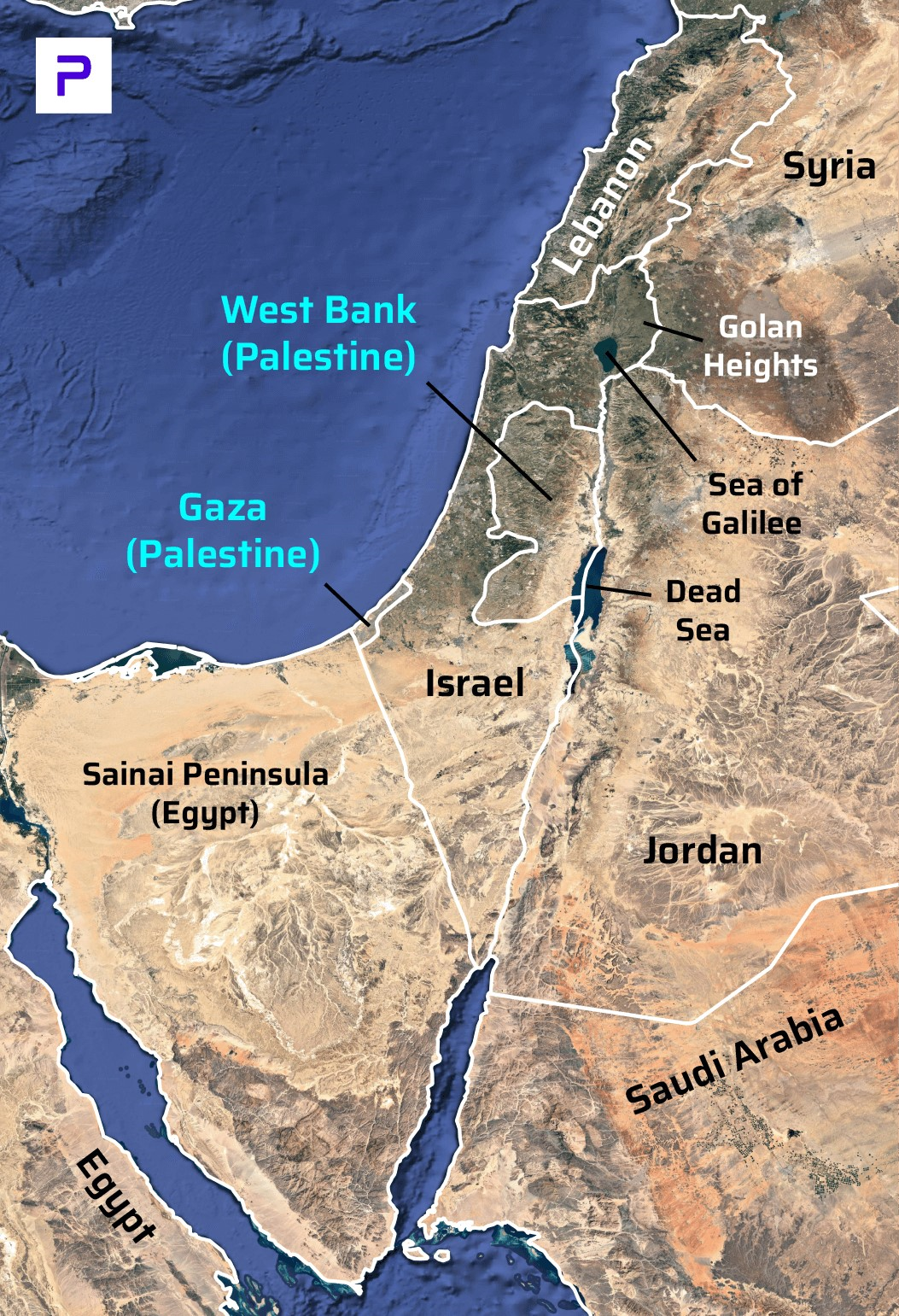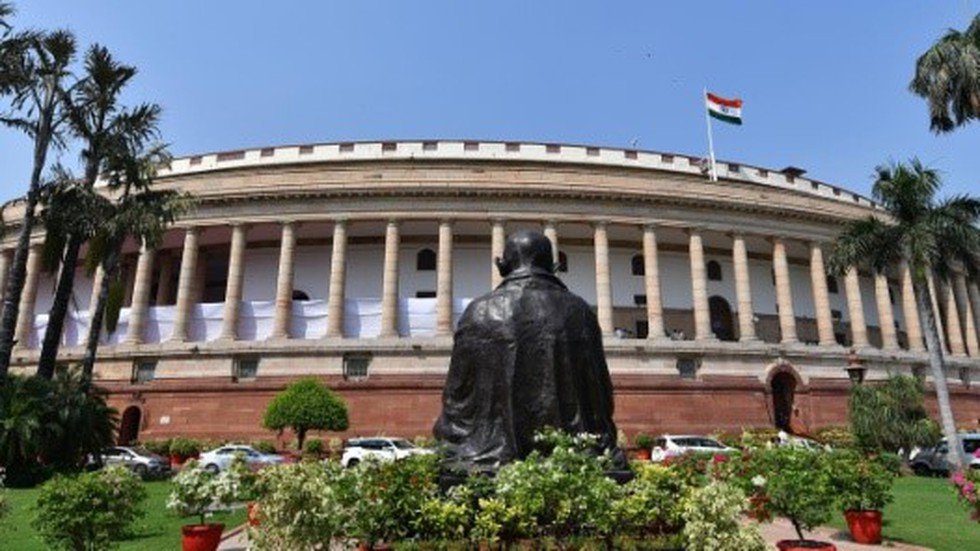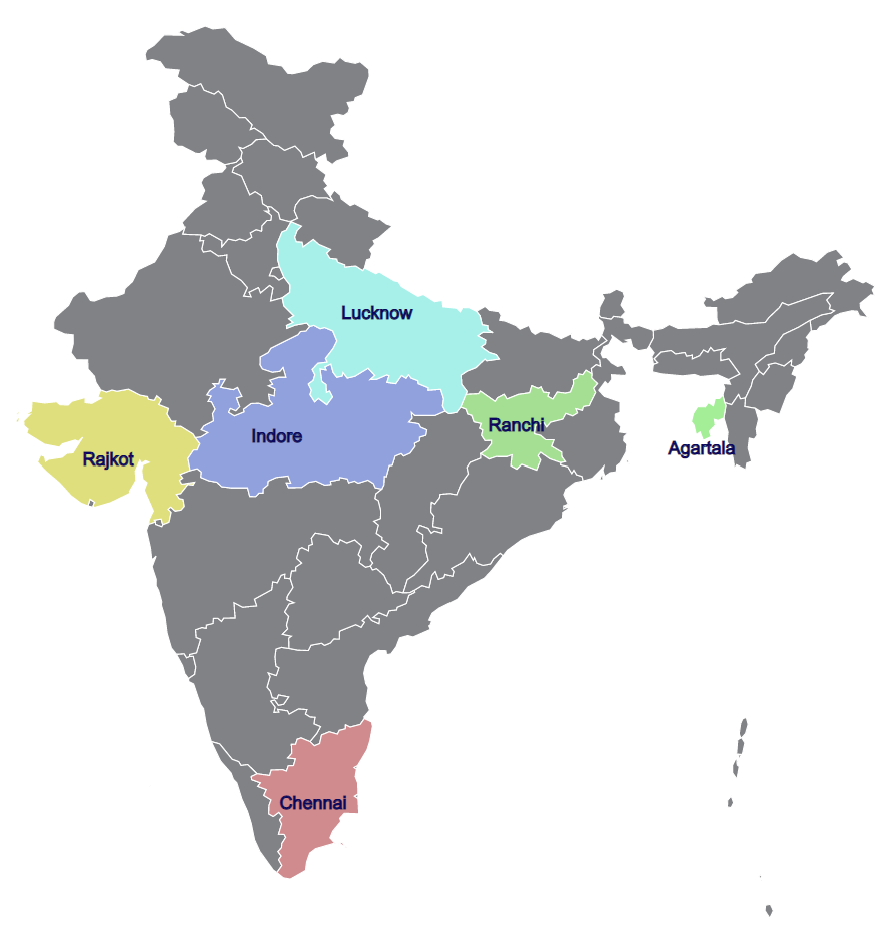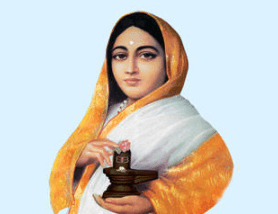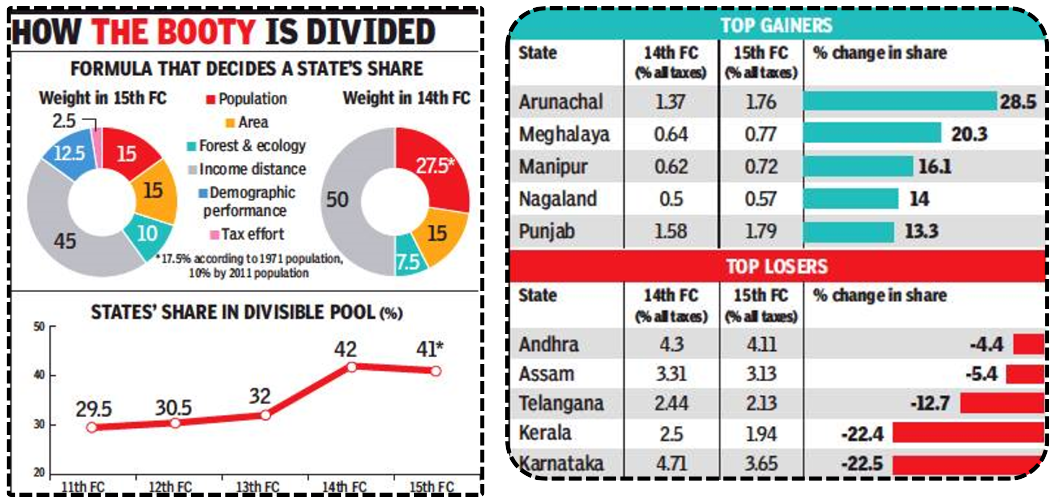
Secularism in India | Somnath Temple
Subscribers of "Current Affairs" course can Download Daily Current Affairs in PDF/DOC
Subscribe to Never Miss an Important Update! Assured Discounts on New Products!
Must Join PMF IAS Telegram Channel & PMF IAS History Telegram Channel
- Context (IE): The inauguration of Ram Temple by PM Modi brought into focus the Somnath Temple, inaugurated by the President seventy three years ago and the relation between state and religion.
Secularism
- It refers to the principle of separating religion from other aspects of society, such as politics, law, education, and culture.
Constitutional Provisions Pertaining to Secularism in India
- Article 14 provides equality before the law and equal protection of laws to all citizens.
- Article 16 (1) guarantees equality of opportunity in matters of public employment and prohibits discrimination based on religion, race, caste, sex, descent, place of birth, and residence.
- Article 25 ensures freedom of conscience and the right to freely profess, practice, and propagate religion for all individuals.
- Article 26 grants the right to religious groups or individuals to establish and maintain institutions for religious and charitable purposes and manage their affairs in matters of religion.
- Article 27 states that the state shall not compel any citizen to pay taxes for the promotion or maintenance of any particular religion or religious institution.
- Article 28 allows educational institutions maintained by different religious groups to impart religious instruction.
- Articles 29 and 30 provide cultural and educational rights to minorities.
- Article 51A (Fundamental Duties) obliges all citizens to promote harmony and the spirit of common brotherhood and to value and preserve the rich heritage of India’s composite culture.
- 42nd Constitutional Amendment Act, 1976: The word ‘secular’ was inserted into the Preamble, defining it as a republic where there is equal respect for all religions.
Relationship of Religion and State: West vs. India
| Basis | West | India |
| Secular Traditions | Evolved secularism without deep historical roots. | Deeply rooted since the Indus Valley Civilization. |
| State-Religion Separation | Rigid separation with minimal state influence on religion. | “Principled distance” maintains neutrality. |
| Status of Religions | Focus on individual rights; less emphasis on communal aspects. | Equal status for all religions. |
| Freedom | Emphasis on individual freedom of religion. | Equal protection, respect, and treatment to all religions, balancing personal and community rights. |
| State Aid to Religious Institutions | No state aid | State aid to religious institutions (Article 30). |
| Public Display of Religious Symbols: | Opposition to public display of religious symbols for maintaining a secular public sphere. | Freedom to practice religion with symbols (e.g., Sikh kirpans) and recognition of religious symbols in public life. |
| Intra and Inter-Community Domination | Addresses intra-community domination. | Mitigates both intra and inter-community domination, encouraging balanced representation. |
| Religious Reform | Internal reforms within religious communities. | Secular traditions with a history of religious diversity and coexistence. |
| Plurality of Religions | Emphasizes religious diversity. | Acceptance of the plurality of religions, promoting coexistence and mutual respect. |
| Government Interaction with Religious Groups | Limited | interacts regularly |
Somnath Temple
- Located in Prabhas Patan, Veraval, Gujarat, Somnath Temple is dedicated to Lord Shiva and is the first among the Twelve Jyotirlinga shrines of Lord Shiva.
- The first version of the Somnath temple was built around the 9th century CE.
- It is believed that first this holy temple was built by the Moon God with gold, by Ravana in silver, by Krishna in wood, and by Bhimdev in stone.
- Reconstructed several times in the past after repeated destruction by several Muslim invaders and Portuguese the present temple was reconstructed in Chaulukya style of Hindu temple architecture and completed in May 1951.
- The present temple is in Māru-Gurjara style (Chaulukya or Solanki style) of architecture.
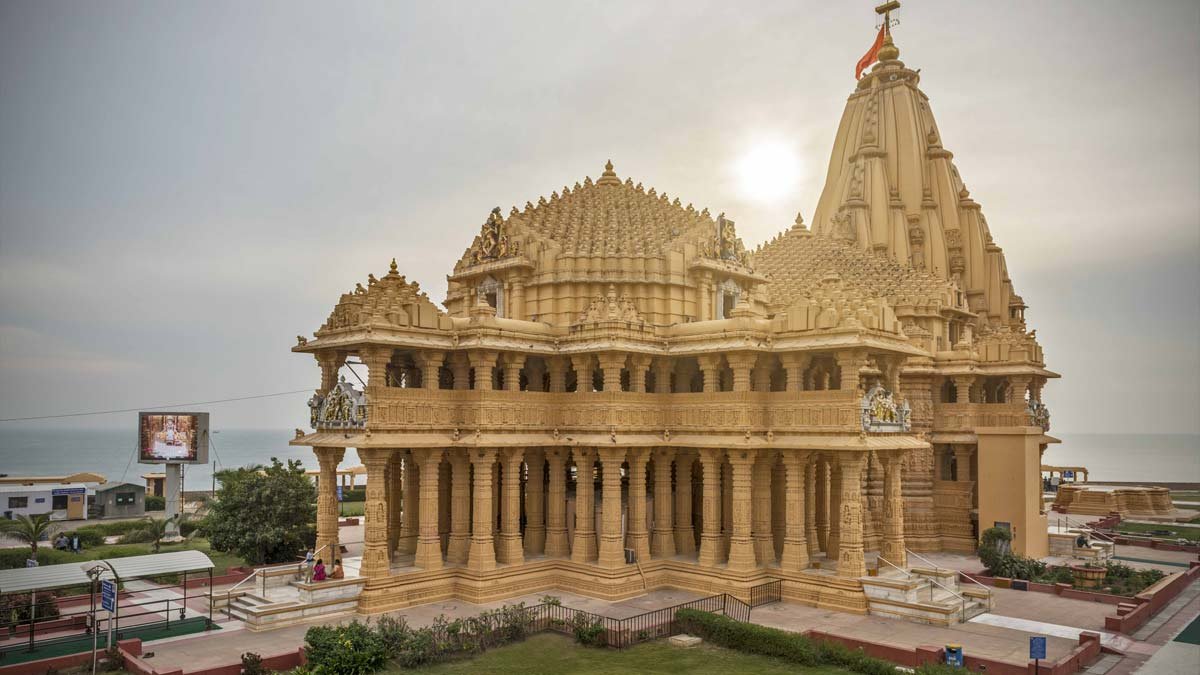





![PMF IAS Environment for UPSC 2022-23 [paperback] PMF IAS [Nov 30, 2021]…](https://pmfias.b-cdn.net/wp-content/uploads/2024/04/pmfiasenvironmentforupsc2022-23paperbackpmfiasnov302021.jpg)

